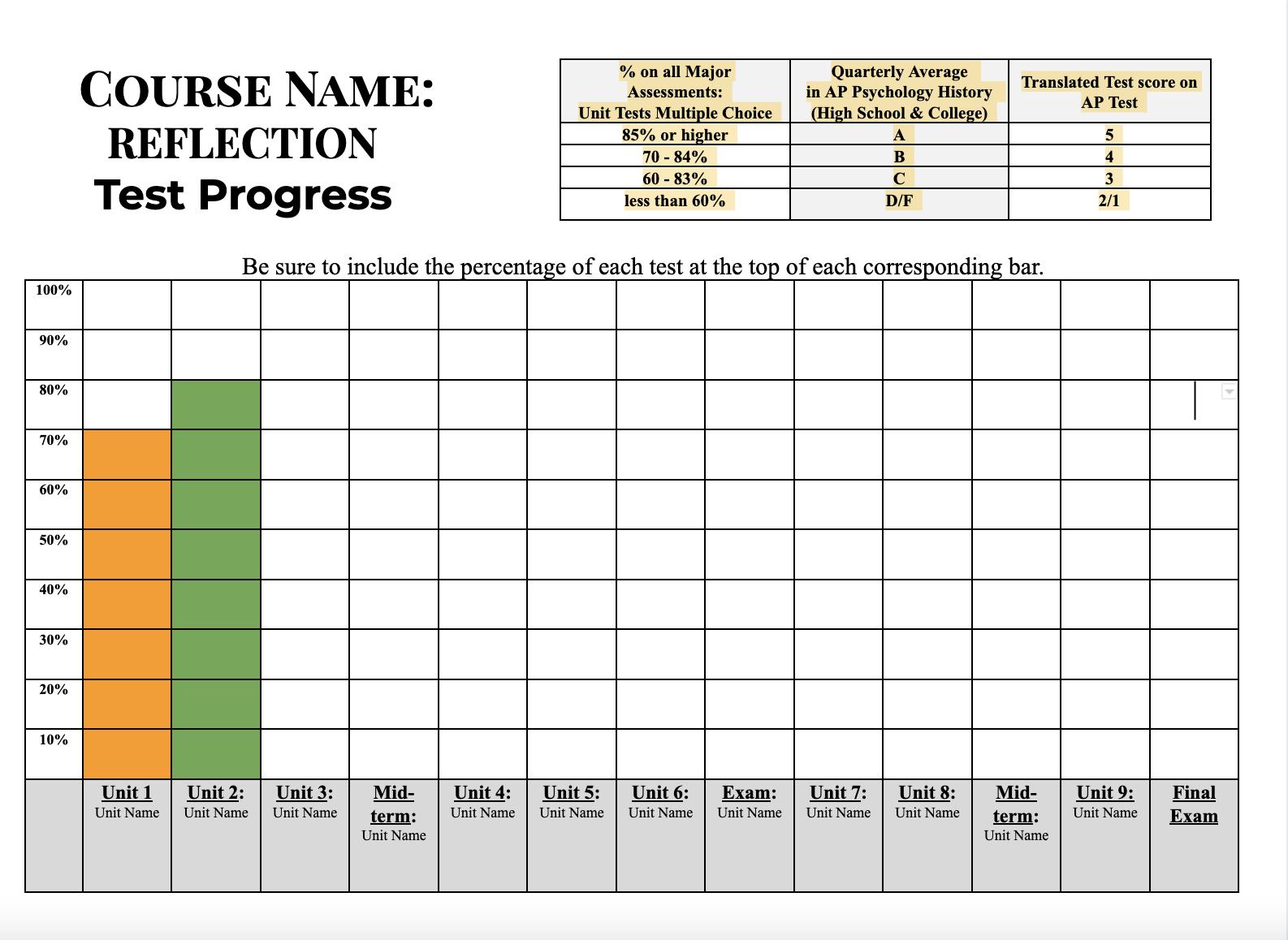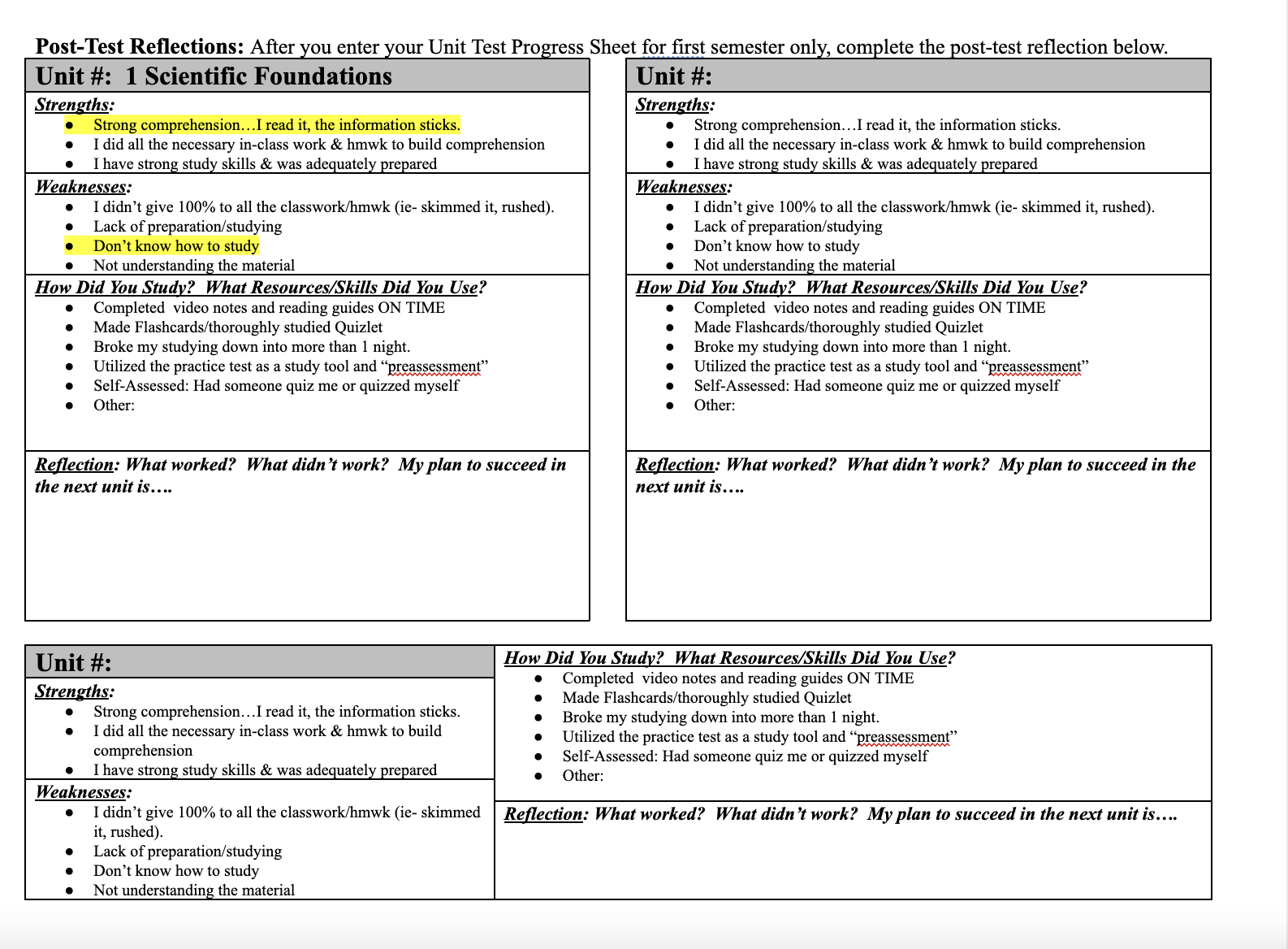Student Reflection: How You Make It Happen

Welcome to the Sustainable Teacher and what is part two of this series on student reflection. Last week we discussed the what and the when, so be sure to go back and give episode 62 a listen if you haven’t already, and today’s episode we’re focusing on the how of student reflection.
Now, if you’re anything like me and the hundreds of teachers I’ve worked with, you already are feeling a bit anxious about spending class time on student reflection rather than content, so it’s important to make sure the student reflection is efficient while remaining authentic. Last week I gave tips on how you can keep the reflection authentic, and today we’ll talk about how to keep it efficient and effective.
After listening to this episode, you’ll have a clear picture of how you can implement effective and time efficient student reflection strategies in your classroom so that your students are empowered in their learning and investing more in the learning process that will ultimately impact their confidence and their scores in your class.
So let’s get right to it.
Camtasia
Today’s episode is sponsored by Camtasia. The day I started making videos for my more accessible and flipped classroom ten years ago was the day I started using Camtasia. Camtasia is a software suite, created and published by TechSmith, for creating video tutorials and presentations directly via screencast, or via a direct recording plug-in to Microsoft PowerPoint, making it super user-friendly for teachers to record, edit, and get their instruction in front of their students without all the hassle. As you become more familiar and comfortable with the easy-to-use tool, you’ll realize more awesome features you can grow into when you’re ready - like adding thought bubbles, captions, awesome backgrounds and even music. It is the best tool for beginners to produce quality, long-lasting flipped videos, and the possibilities are endless when you’re ready to explore more features.
And get this - they offer teachers a discount!
To learn more about Camtasia and to get an ADDITIONAL 10% discount because you’re a Sustainable Teacher Podcast listener, head over to teachonamission.com/camtasia.
That’s a huge savings you don’t want to miss on what will quickly become the most used tool in your toolbox like it has been for me for 10 years. Again that’s teachonamission.com/camtasia.
Now, let’s get to the episode.
The How of Student Reflection
I’ve got three strategies for you to implement in the system that becomes your student reflection process. How you implement those is totally up to you, but I will give some examples of how I’ve done and how I teach teachers to do it inside of Flipped Classroom Formula and each of our Sustainable Teacher content-specific memberships. Plus, if you’re a visual person and want to see what this could look like, be sure to head over to our full length show notes on our website that are linked in the description where you’re listening. I’ll have screenshots of the templates I provide to teachers as part of our programs at Teach On A Mission.
Here are three strategies to a student reflection process that empowers your students and builds a sustainable teacher-life
-
Make the effort-to-performance connection
-
See growth AND effort over time
-
Stop defeating the purpose with test corrections
See Growth Overtime
First up is to allow students to see their growth over time, and to know that simply having it available in the online grade book is not enough.
Students, and really humans in general, who are we kidding, can be so short sighted. For good reason, we’ve got a lot going on, right?!? So give them the space to track their performance so they can see it over time.
This could be physical space or digital. In the show notes linked below, I show an example of what this looked like in my classroom and a similar template that we provide inside of our professional development programs for teachers.


You’ll notice in the screenshot that it’s simply a bar graph for students to physically or digitally color in after each larger, common assessment in our class. Seems simple, but that’s the beauty in it. The act of charting their scores means they are more cognizant of what those scores are (meaning they didn’t just throw their test and grade in the trash can upon its return). Plus, their short-sightedness can’t get the best of them now because they will see the gaps, any discrepancies, or even consistencies in their scores over time.
The next step though is what makes this charting process so effective… students must reflect on what got them to that score. They have to consider if they’re happy with their score and their performance, if they could have predicted their score, and what they did or didn’t do in the learning process to earn that score.
I tell my students, and my own children that on every test you take, you should know what your score will be. Because this means you know what’s being measured on the test and if you can meet that measure or not given the work you’ve been doing in class.
Get them reflecting on exactly that, which is metacognition, after they’ve charted their scores.
See Effort Over Time
The next strategy to implement would be to help students go a bit deeper in looking in the mirror on their effort input throughout the unit and what was the learning process for this test.
Have them reflect on a scale of 1 to 5 how much effort they put into the content of this unit, did they need to put in that much effort to master the standards and do well as compared to other units, could they have done more, if so what.
These types of questions can be hard for students to answer. Here’s why. It takes the ownership of who’s responsible for their learning off of you and onto them.
And even though these questions are hard for students, especially when they first start out, you need to do them because they take complete ownership of who’s responsible for their learning off of you… one of the most sustaining strategies you can implement, right?!?
It would be really cool if you had students create a bar graph, just like the one they fill out for the test scores, but instead they graph their input to this unit. And it would be even cooler if they could somehow lay that over the test score bar graph to see how much it matched up. In the areas where the bars don’t match up, because that will happen for some students, you know you have a problem that you both can work on together. There’s a mismatch of some kind between their hard work and it being proven on tests. But the first step in fixing it is knowing it’s there, and this technique will do just that.
Classroom Procedures that can contribute to student reflection
The last strategy that I’ll give you today on how to best implement student reflection is a focus on how another aspect of your class can contribute or take away from the effectiveness of student reflection.
Let’s talk about test corrections.
Now this may be one of those unpopular teacher opinions, but I’m saying it anyway. Test corrections defeat the purpose and goal that your student reflection process is getting after. If a student is able to do test corrections, meaning where they earn back points on their test by correcting it with their class materials, then their grade will not be a true reflection of their mastery. It’s just a reflection of doing the work of the course, which, although incredibly important, is not what’s ultimately measured on the test.
It would be like saying because you did your notes and had the answer there, then you get an A on the test. That’s an invalid measurement of their understanding. Don’t indirectly reward their learning like that, instead reward them spontaneously by allowing them to use notes for 10 minutes, or less, on a test. This also positively reinforces students taking any amount of notes randomly, not just the students who take all their notes, which also isn't a message you want to be sending in your classroom.
Make sure that your classroom procedures contribute to the message that learning happens in this class and when it does you CAN do better on tests… focus on the content, the grade will come.
Alright teacher-friend, this concludes our two-part series on student reflection, and I hope these strategies are ones that help you see student reflection as valuable and doable, and certainly something that will contribute to your overall sustainability as a teacher.
Remember to head to the link in the description to see today’s show notes which include visuals of these strategies and what they can look like as a printed or digital version of a student reflection doc, which is exactly what we provide in each of our programs, Flipped Classroom Formula and our Sustainable content teacher membership, along with a full tutorial on editing it and implementing a comprehensive reflection system in your classroom.
While you’re there, I would so appreciate you sharing the show notes or even this episode with your teacher friends so we can get into the ears of more teachers needing to hear our message of sustainable classroom and teaching-life. It would mean the world to me and my team of teachers if you clicked the share button where you’re listening and text or email this episode to other teachers
Ok, I’ll see you same time, same place next week. Bye for now.








